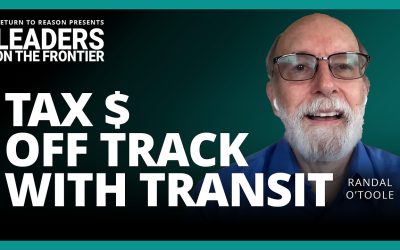Executive Summary
Since 2008, the United States has been developing important policy relating to risk in the transportation of dangerous goods by rail. The dialogue has not been restricted to the conventional corporate participants—the chemical producers and manufacturers who initiate and receive shipments and the railways that ship the chemicals. Rather, recognizing that the general public is insufficiently protected from possible damages following a deadly spill, the dialogue has been framed to include their input.
That public includes not only those primarily affected—communities and stakeholders—but a wider group that includes businesses further along the supply chain that face an inability or delay in getting goods shipped, job loss and price spikes in the goods they seek to ship as they adjust to the fall-out of a chemical spill elsewhere.
Today, risk in the transportation of dangerous good is limited to a railway’s insurance policy. But the available insurance market has decreased since 9/11 and rail’s coverage cost has increased. Current policy raises several questions: Is coverage adequate to meet all potential claims resulting from a lethal spill? Should rail assume all responsibility in the case of an accident? One policy option calls for the creation of a pooled fund to address liability and claims. This approach has been viewed by railways, some shippers and academics as adaptable and responsive.
Along with risk distribution, the paper also examines the important question of risk reduction and whether strategies and regulation are in place to ensure the safe transit of dangerous goods by rail. Railways, shippers and governments must work together as risk mitigation by one may not be enough to reduce it for the other. Despite risk reduction strategies by rail, for example, if governments have not put emergency plans in place, damages following a spill are increased. Government, with a dual portfolio of safety and security, plays a large role in ensuring the general public remains protected in the shipment of dangerous goods by rail. A terrorist attack on rail remains a concern as the recent failed terror attack on VIA Rail has made clear.
The Montreal, Maine and Atlantic Railway bankruptcy protection following the Lac-Mégantic rail disaster last summer and the recent near disasters in Alberta of both anhydrous ammonia and crude oil, suggest that risk policy in the transportation of dangerous goods by rail requires in-depth examination in Canada—not just the U.S.


